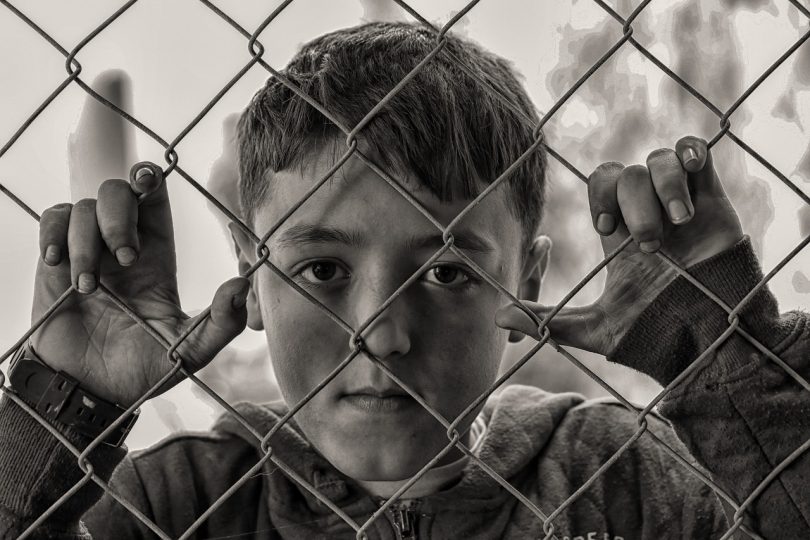It’s estimated that 6.4 million American children have ADD or ADHD (Attention Deficit Disorder/Attention Deficit Hyperactivity Disorder). Males are three times more likely than females to be diagnosed, and the average age of diagnosis is 7. If your child has ADD or ADHD, you may be confused as to how to help him or her. However, your child can reach his or her full potential with the right assistance.
Know the Signs
Many signs of ADD/ADHD are mistaken for misbehavior, so be aware of your child’s symptoms. He or she may:
- Not obey instructions because they weren’t heard
- Be highly disorganized and easily distracted—more so than typical for their age
- Start projects that are never finished
- Interrupt
- Have trouble sleeping
- In some cases, do physically dangerous things
Coping With ADD/ADHD
- Stay Positive. Your child will probably often hear what he or she can’t or won’t do or doesn’t do correctly. Counteract that as much as you can. Tell your child every day what makes him or her special, what is good about him or her, and where you see improvement or strengths.
- Compromise. Children with ADD/ADHD may get overwhelmed if given too many tasks. Your child may need an Individualized Education Plan (IEP) to help him or her succeed in school. The IEP may stipulate things like a reduced homework load or short, calming breaks. At home, compromise on things like chores; if your child has done two chores and homework, he doesn’t need to do two more chores to be “finished” for the day.









Leave a Comment
You must be logged in to post a comment.